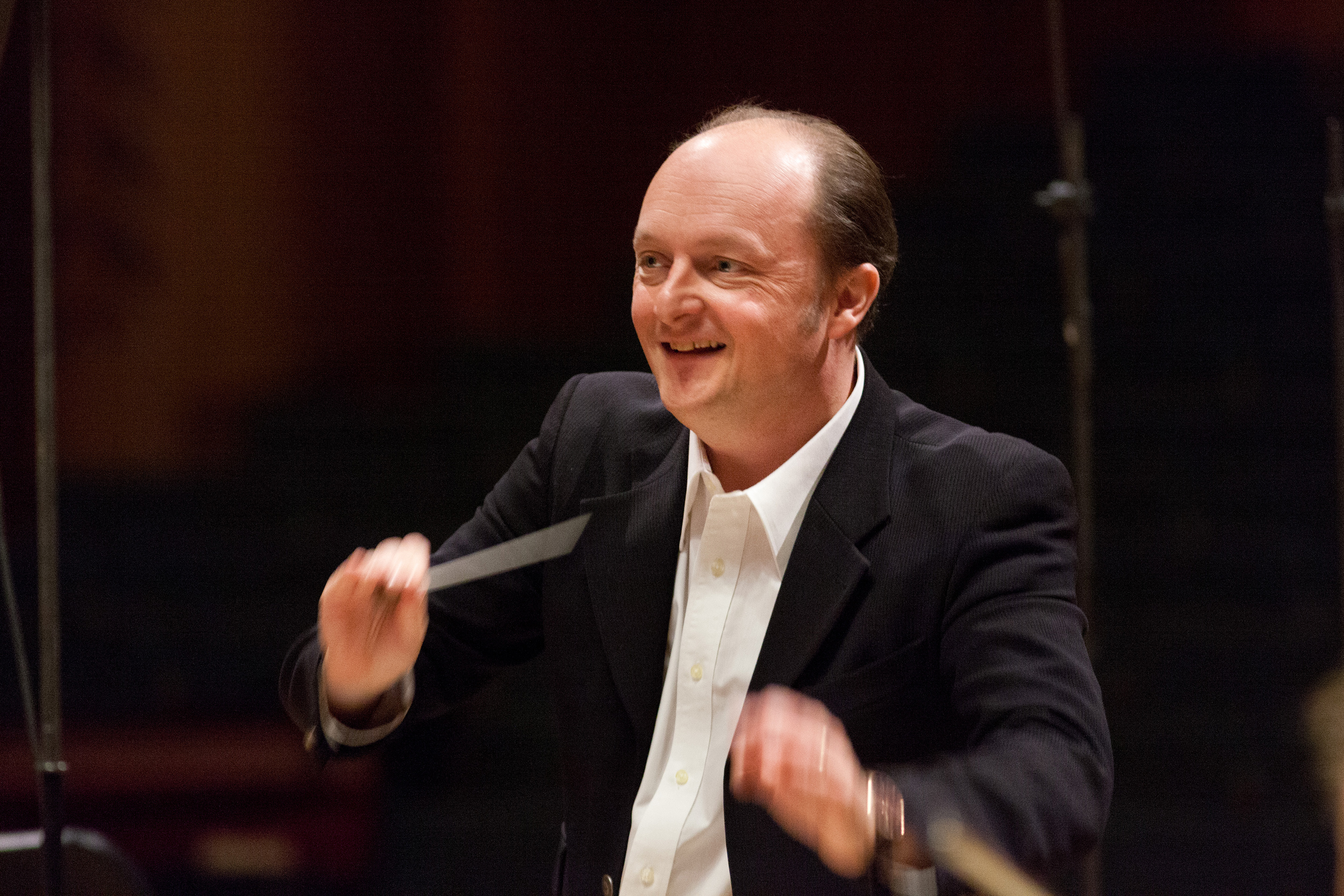- Monday27 | May19
The Sinfónica travels across the sound impressions of Ravel and Debussy

“Spanish Rhapsody” is Sinfónica de Tenerife’s sonorous invitation to the sixteenth subscription concert this season, featuring conductor François Leleux and María Canals 2009 award-winner Vestard Shimkus as guest soloist. The concert is taking place on Friday, 31st May at 7:30 pm in Auditorio de Tenerife and the programme includes Petite Suite and Fantaisie for piano and orchestra by Claude Debussy plus Maurice Ravel’s Le tombeau de Couperin and Spanish Rhapsody.
François Leleux, who is making his debut with the Tenerife orchestra, is a renowned, widely experienced oboe player who has worked both as soloist and conductor with the main international orchestras, and festivals and concert series. Highlights in his exceptional career include conducting hr-Sinfonieorchester, Camerata Salzburg, Tonkünstler-Orchester Niederösterreich and the symphony orchestras of Sydney, Swedish Radio or WDR.
It is also the first time with Tenerife’s Symphony for Latvian pianist Vestard Shimkus. His technique, which the German publication Main Post described as “naturally brilliant”, has led him to take many prestigious international awards like Maria Canals 2009, Estonia’s Order of the White Star or the Order of Merit of the Republic of Poland. He has played with the BBC Philharmonic Orchestra, City of Birmingham Symphony Orchestra or France National Orchestra, among others.
Petite Suite is a piece to learn about Claude Debussy’s early music writing although this is a 1907 version orchestrated by Henri Büsser, as the 1889 original was conceived to be interpreted with a piano four hands. The interest the composer had in bringing together different arts and styles under the language of music is evident in the near-pictorial impression one gets of the texture of water, or the joyful customs reflected in the echoes of cheerful popular dances.
Fantaisie for piano and orchestra is one more step in the personal language Debussy pursued throughout his life. In this piece, composed in 1890, the French author is not seeking the usual concert in which the orchestra glosses the soloist instrument, but he is thinking of the constructive interaction between the piano and the orchestra.
In the same year the First World War breaks out, 1914, Maurice Ravel started to write Le Tombeau de Couperin with the mark of a generation who had believed the promises of the 19th century would become true with the supposed technological progress. The piece was concluded in 1917 and was initially conceived as a tribute to the Golden age of French music, led by François Couperin-, but turned into a dedication to his dead friends. Therefore, it does not emulate army spirit but memory and so it has a serene character, with nostalgic touches that appeal to the frailty of happiness.
Ten year earlier, in 1907 he had produced Spanish Rhapsody, a work that shows the increasing fascination of composers -especially French- for Spain, largely due to the visit of Pedrell or Falla in Paris. Spain was a symbol of freedom and expression in the crisscrossing of languages as reflected in a composition written at the peak of atonal explorations. The nostalgic rhythm of the habanera contrasts with the sighing rhythms, betraying the Mediterranean cheerfulness of this southern European country.
This concert is sponsored by the Fundación Jesús Serra and tickets can be bought at the box office from 10:00 am to 7:30 pm Monday to Saturday; by telephone on 902 317 327; or on the websites www.sinfonicadetenerife.es and www.auditoriodetenerife.com.


